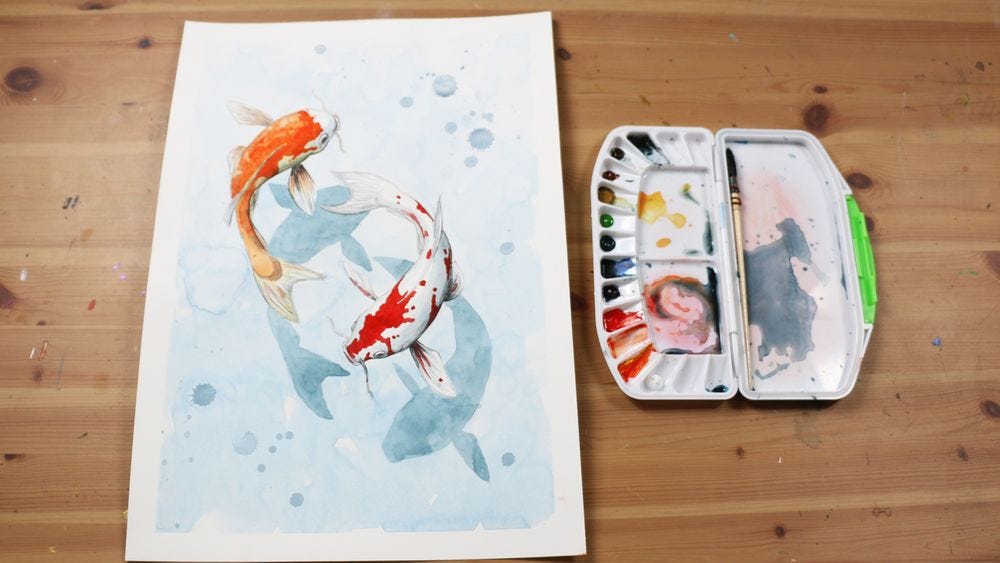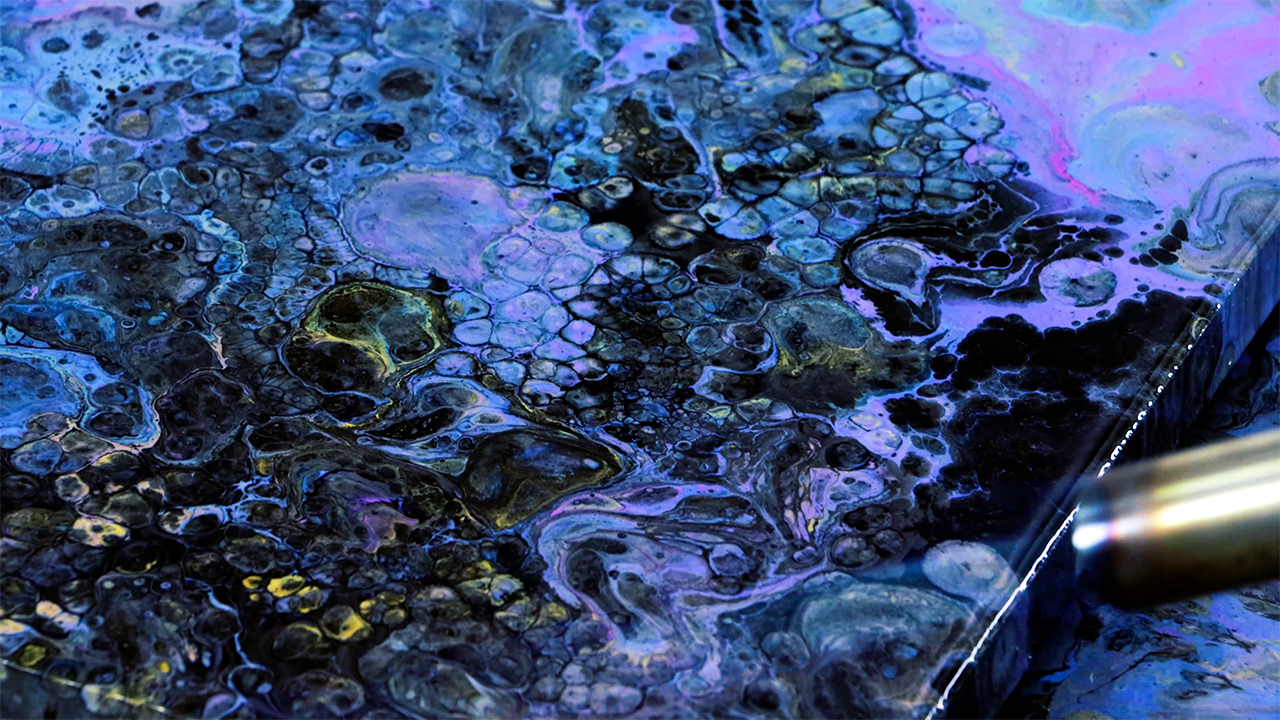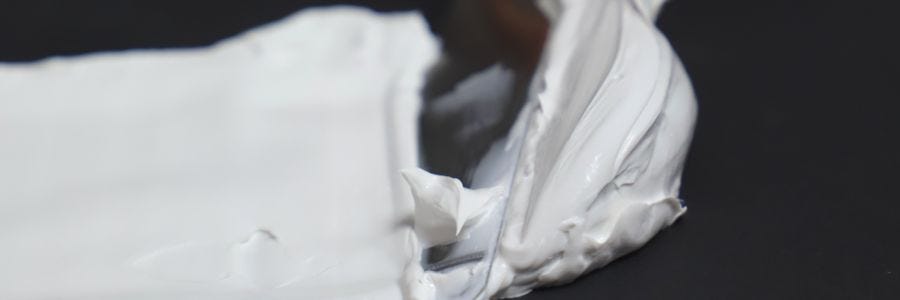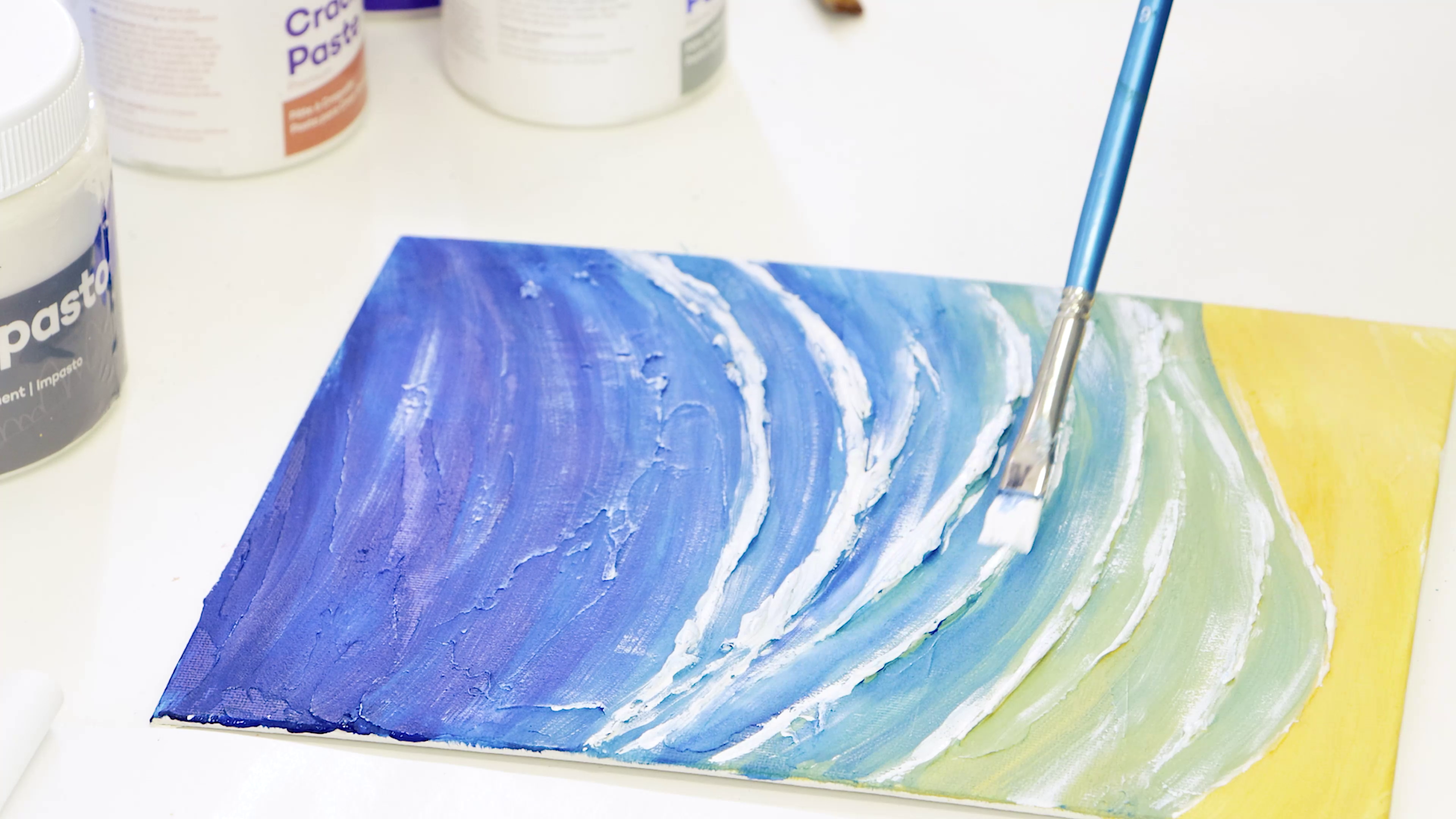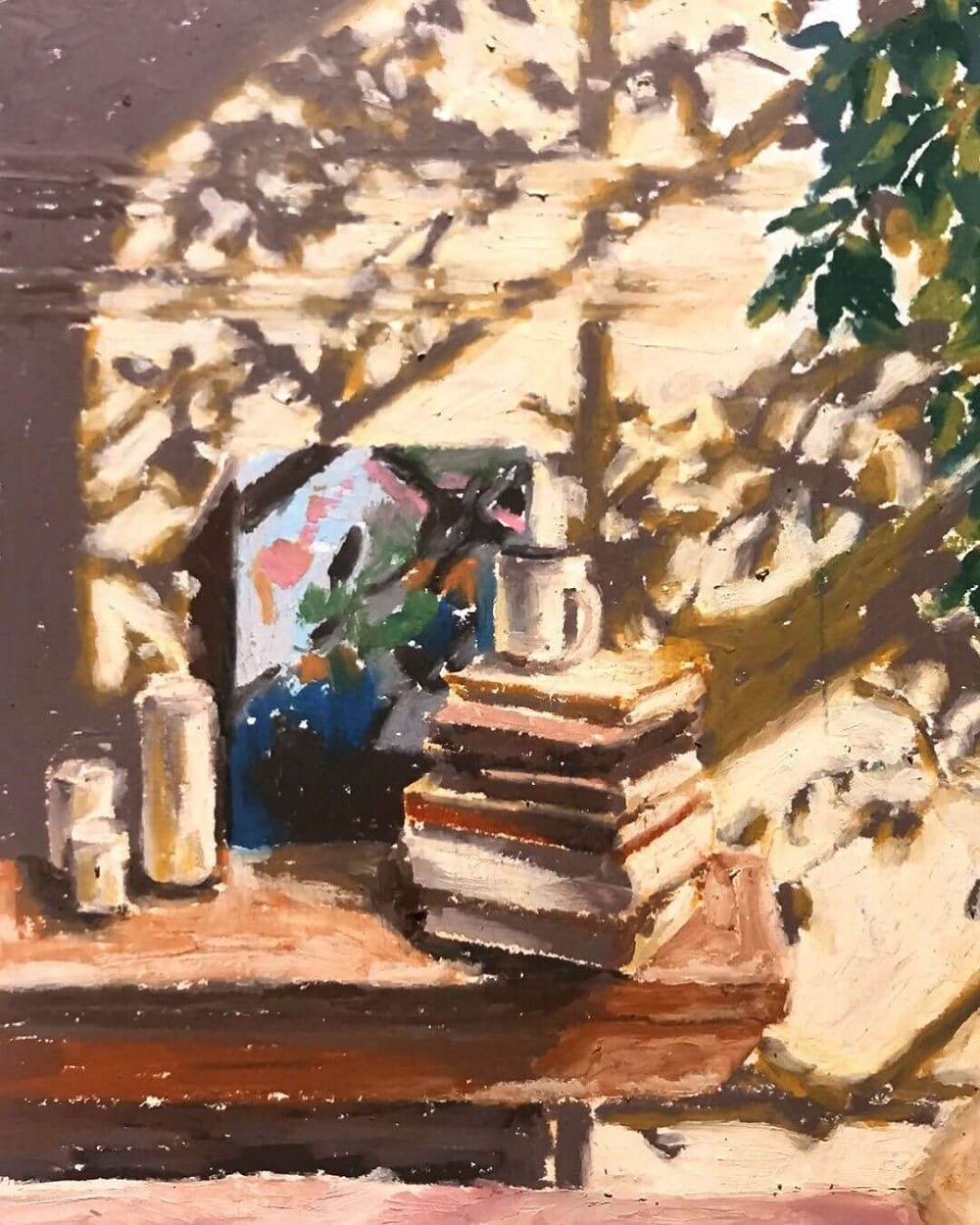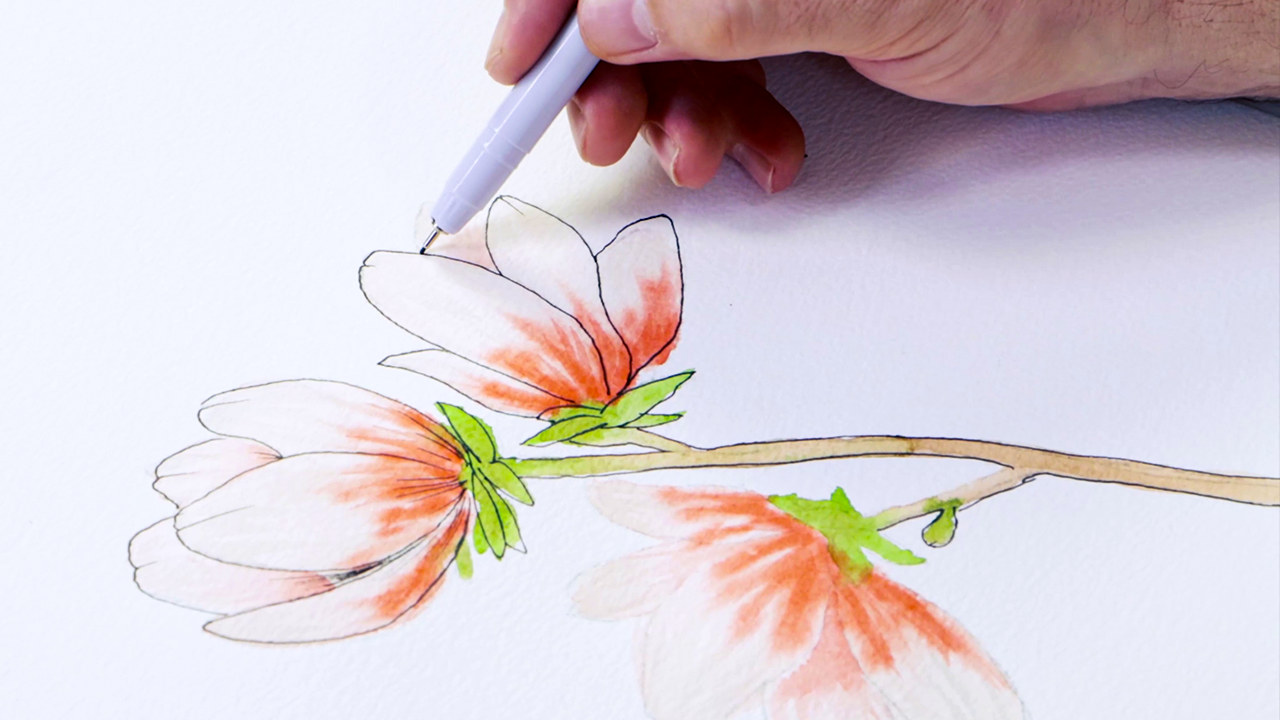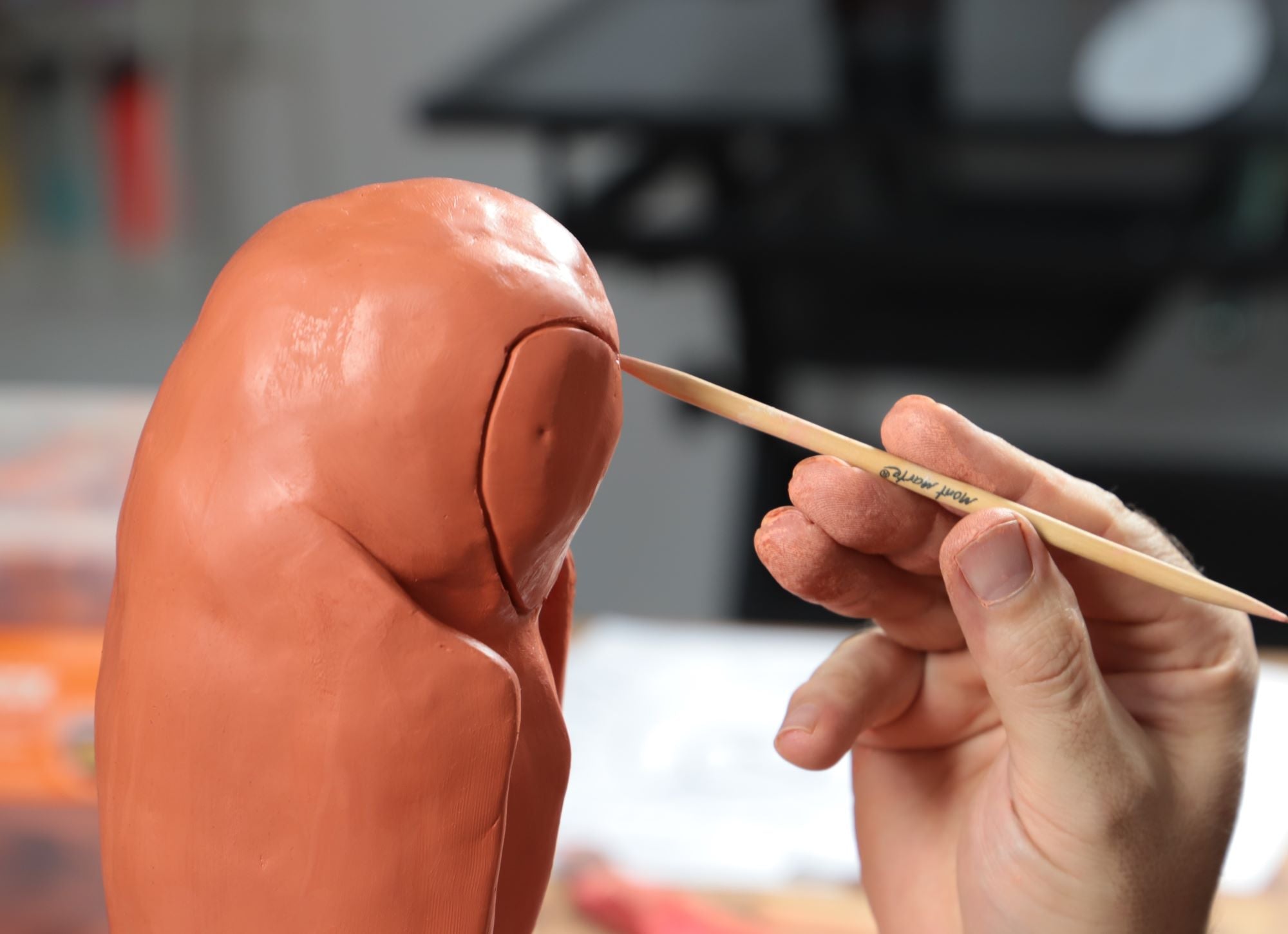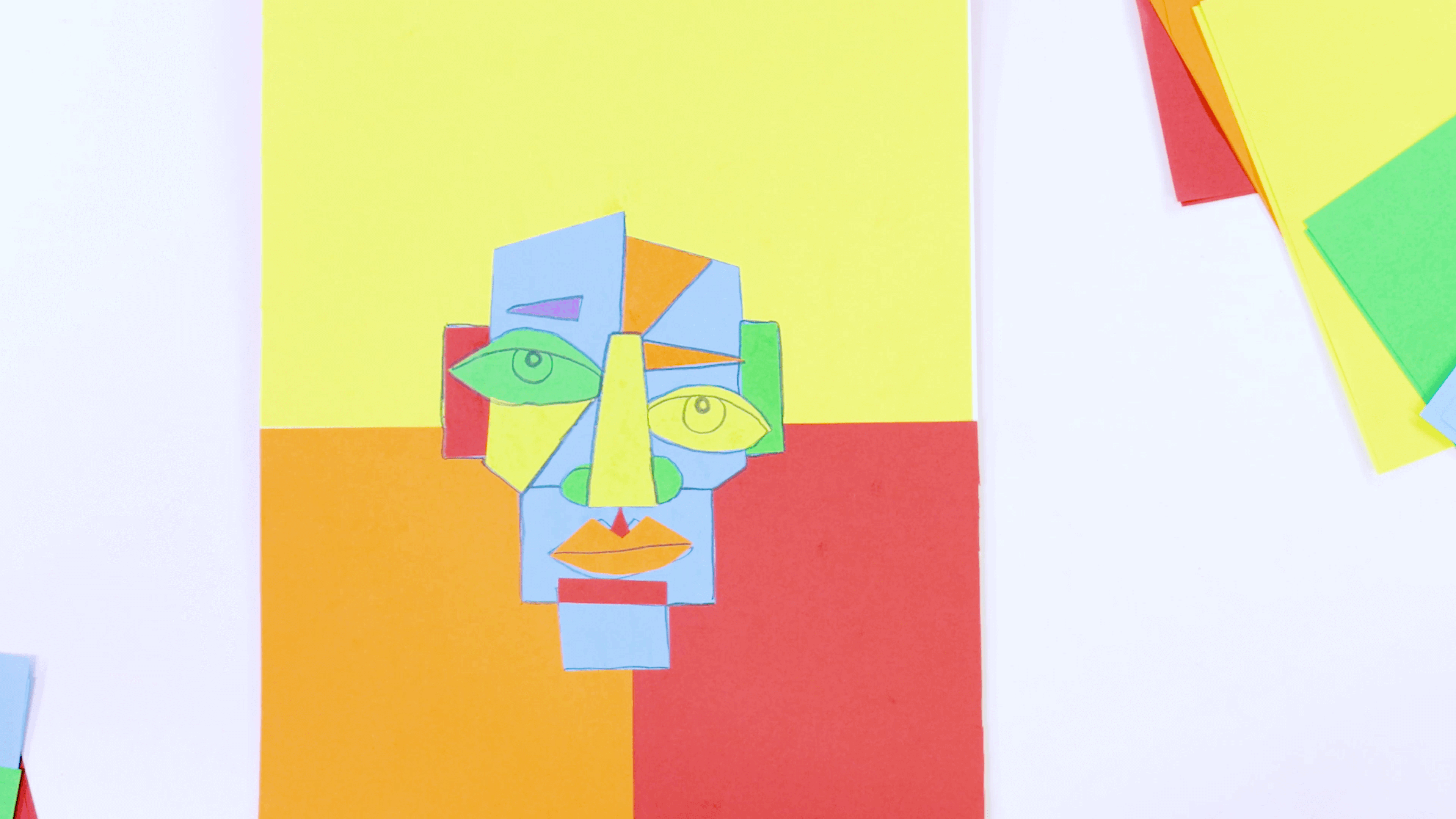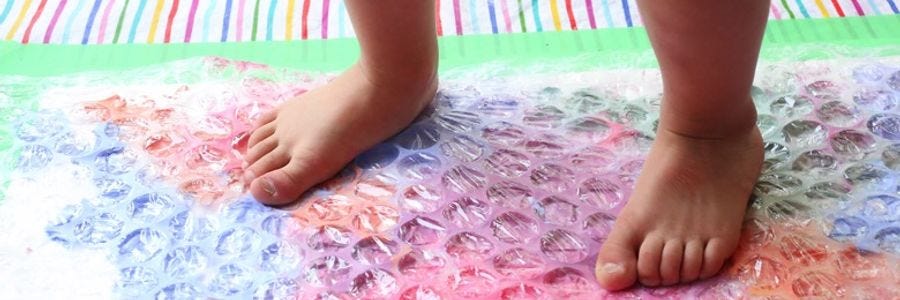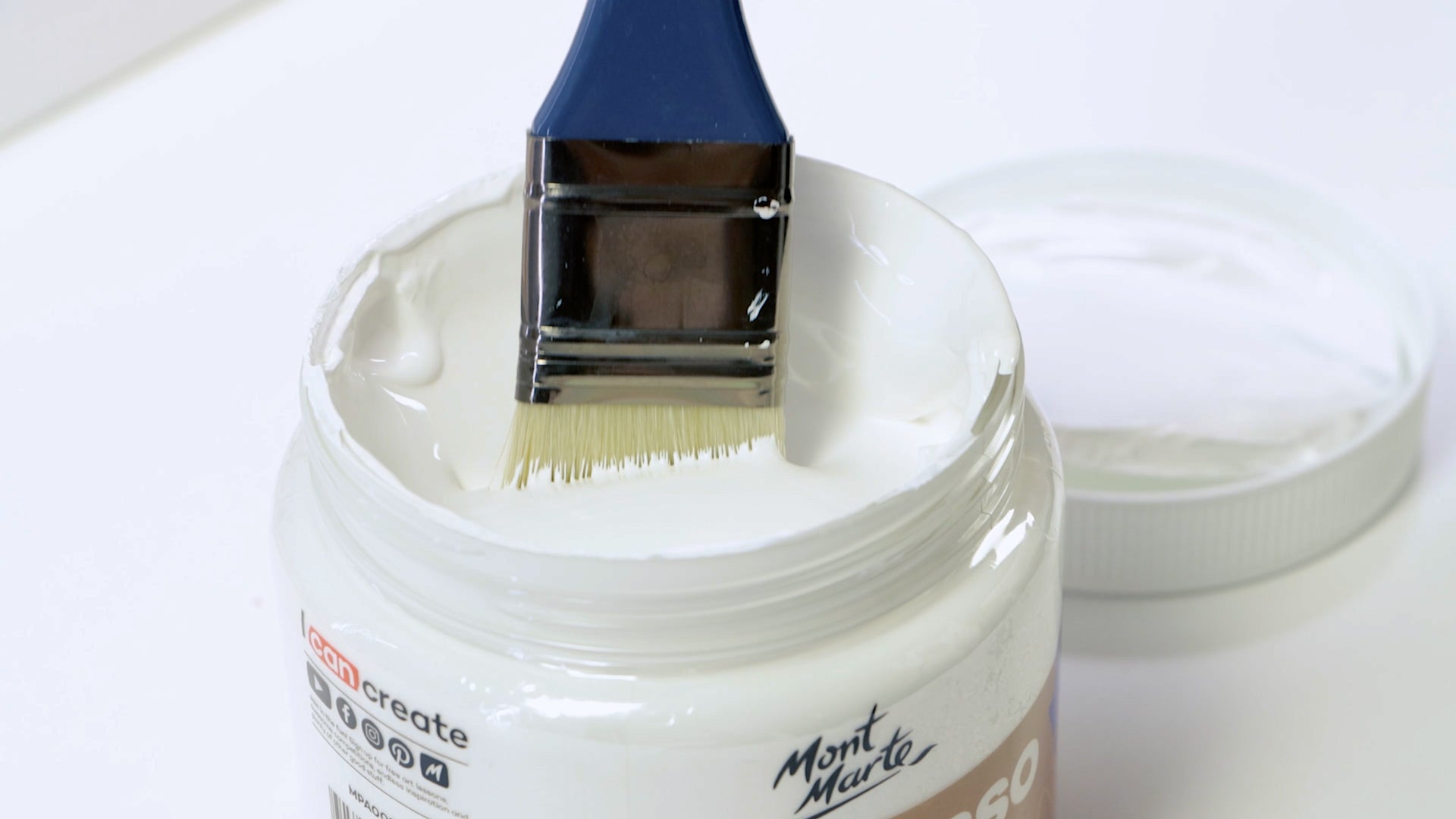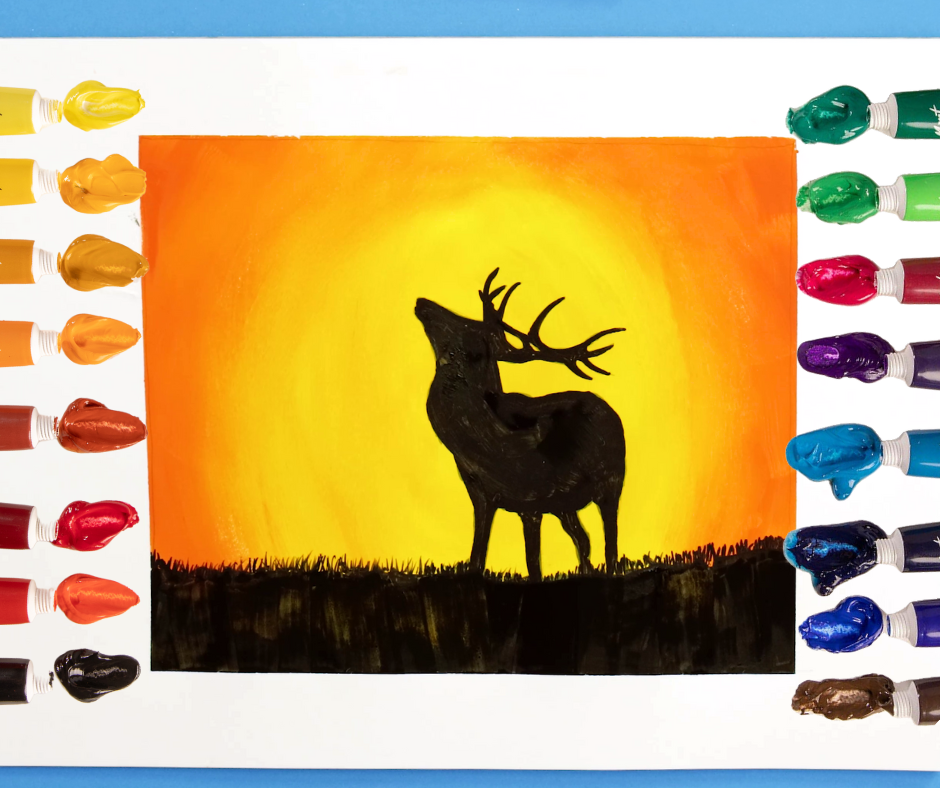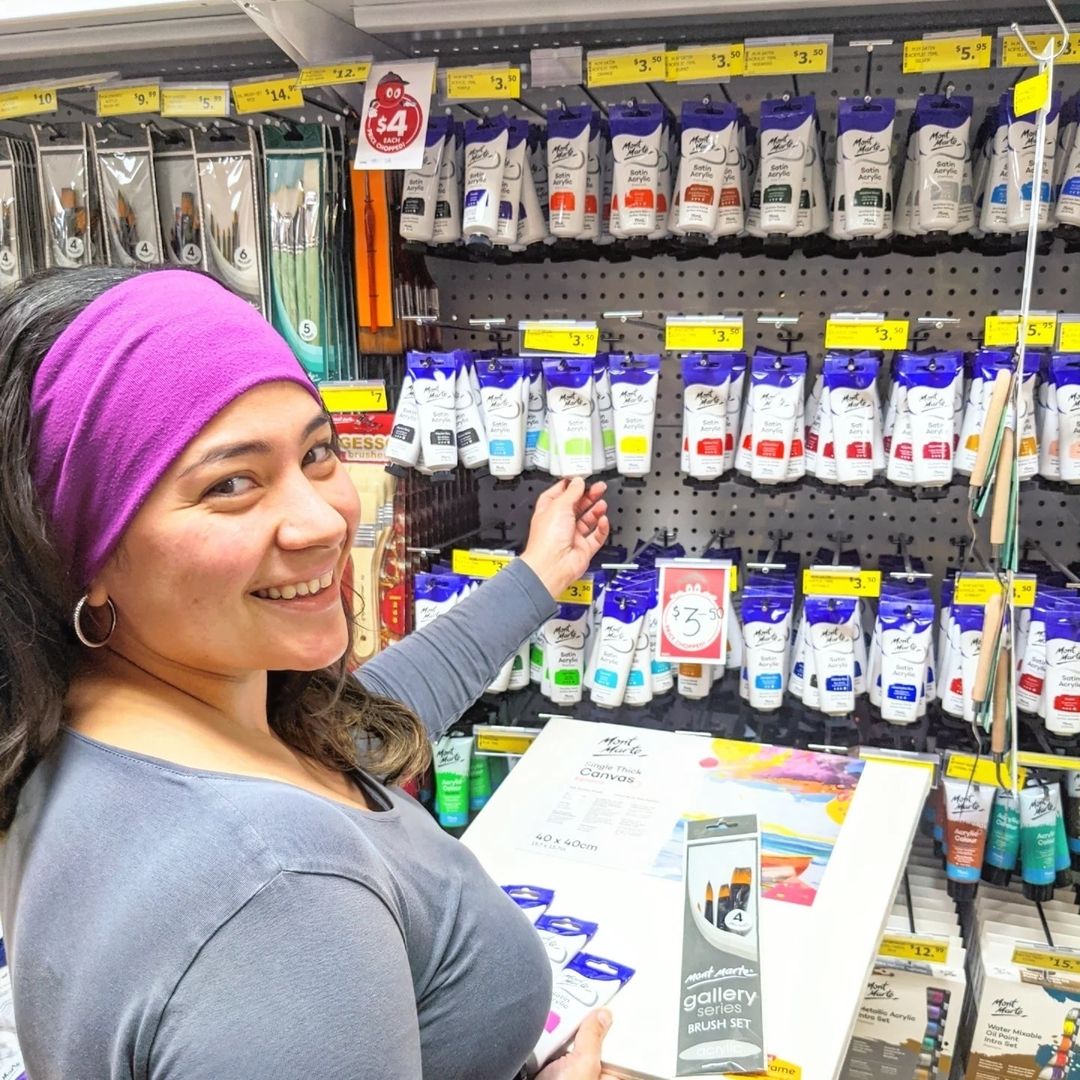If you’ve ever wondered what the difference between primers is, or what priming even does, this is the blog for you! We’re diving into some of the mediums and texture products that you can use to prime your art surface and maximise your artistic freedom. So, follow along and get inspired to create.
Benefits of priming
Priming your art surface can be a great way to help your paints bind to and flow smoothly on your canvas. It seals the material so your colours don’t absorb into the fabric and disperse, making the surface ideal for your paint to stick to. Depending on which art primer you use, it can also create texture to paint over or add grip so you can use dry mediums.
Some art mediums can be used as primers to prepare a canvas for painting. A traditional primer is used to make the surface smooth and even, but you can also prime your surface by adding thick layers of medium to change the way your paint sits on top. So, let’s have a look at how to prepare a canvas and the different painting base effects that you can create!
Using gesso
Gesso is an awesome medium that has many different uses. We have heaps of gesso products to choose from, so it can be hard to know which one to pick. Priming a canvas with gesso generally creates a smoother, more even surface to paint on, helping different media bind more closely without bleeding into the fibres. You can even mix gesso into your paints to change their flow and consistency.
Texture Gesso
Our Texture Gesso is ideal for preparing painting surfaces for acrylic, oil, pastels, pencils, and other painting mediums. It’s lightweight, non-yellowing, and water-resistant when dry to make sure you can make the most out of your media. You can also mix the gesso into your acrylic paints and mediums to create a gesso tinted with the colour of your choice.
One of the great benefits of Texture Gesso is that adds tooth to your surface. Tooth in art can be really handy when using tools such as pencils, pastels and charcoal, as it increases the canvas grip and helps dry media bind to the surface. Whether you’re creating a mixed media project, drawing pencil outlines, or want a canvas background for your pastel work, Texture Gesso may be what you’re looking for!
When it comes to application, you can use brushes, rollers, and even an airbrush to prime your surface evenly. For airbrushing, simply mix the gesso with an acrylic thinner until it’s the consistency of milk. It can be used to prime canvas, paper, cardboard, painting board, wood, air dry clay, plaster, and more, so you’re free to create across many surfaces. Once applied, Texture Gesso generally takes about 30-90min to dry, depending on environmental conditions.
Gesso Premium
We also carry a classic Gesso in our Premium range, available in white and black colours. This product is thicker than our Texture Gesso, with a flexible matte finish that creates an ideal painting surface. It increases canvas tooth a little, making your acrylic and oil paints bind well to your painting for smoother and more consistent results. Make sure you let it dry before applying oils, as they shouldn’t be mixed!
Apply the Gesso Premium in 2-3 thin coats for even application. You can sand each layer between coats to make an ultra-smooth surface ready for detailed works that need a pristine background. If you want a glassy base, apply 5-6 layers of gesso, sanding between each. To thin your gesso, it’s as easy as diluting it with water!
It should be touch-dry within 2 hours for standard application, or a little more for heavier layers. Even if your canvas is pre-primed, like all of ours, using gesso can smooth the surface more for free-flowing brushstrokes.
As this gesso is thicker, you can also mix it with your paints to alter their colours and viscosity. Or try applying it thickly with a palette knife for dynamic surface texture under your paints! For more gesso texture ideas, check out our handy how-to video.
Crackle Paste
Using our Crackle Paste art medium to prime your canvas can be a great way to add interesting surface texture. Try applying a consistent, thin layer of the paste on your painting base and allow it to dry to reveal a cracked, dimensional undercoat! Painting with acrylics or oils over the surface will change the way your paints sit on the page, with colours sinking into the cracks to create deeper tones.
The effect can be dramatized by priming with a thin layer of either acrylic paint or PVA glue underneath the crackle paste layer. An acrylic paint undercoat provides a noticeable effect, while the PVA is great for increasing the size of cracks.
To find out more about using the paste, check out our handy FAQ article!
Modelling Paste
For another textured undercoat, try priming your surface with Modelling Paste! This is a chunky medium that’s great for creating layers and dimensions underneath your paints. Spread it thickly onto the surface of your canvas, allow it to dry, and paint over it with either acrylic or oil paints for dynamic contrast and colours that physically stand out. For defined brushstrokes, it can also be mixed into acrylic paints to create thick, pastel paints that hold their shape as they are applied.
Priming with Modelling Paste is also a great way to incorporate mixed media into your painting. Apply it thickly and try sticking small objects or physical details into the paste once it’s applied. This will hold them to the canvas, allowing you to include 3D details such as little twigs or gems. The base keeps them in place and as the modelling paste dries, they bind to the surface for an interesting mixed media creation. If you want to get the most out of this medium, explore our 10 modelling paste tips!
Prepared Canvas
While priming is great for changing the texture of your surface before you paint, it’s handy to know that you don’t have to prime our canvases. They come triple-primed with a universal primer (an acrylic-based emulsion) that readies the canvas for oil and acrylic paints. This means you can paint directly onto the surface with no additional priming required. Having said that, the canvas is still textured from the fibres that make up the surface so you may choose to smooth with a gesso if you’re after an even base.
Now you know some of the best products and ways to prepare your canvas for your next project, we hope you’re excited to experiment and give them a go!
We’d love to have inspired you to try out a primer, change up your surface texture, or level up your painting routine.
If you get creating, #montmarteart or tag us @montmarteart on Instagram or Facebook. We’re excited to see what you come up with!
Looking for more? Check out our Techniques blogs to learn some new ways to paint.
If you need any of the products mentioned in this blog, jump online to check out our range of art mediums, art primers, and texture products.


